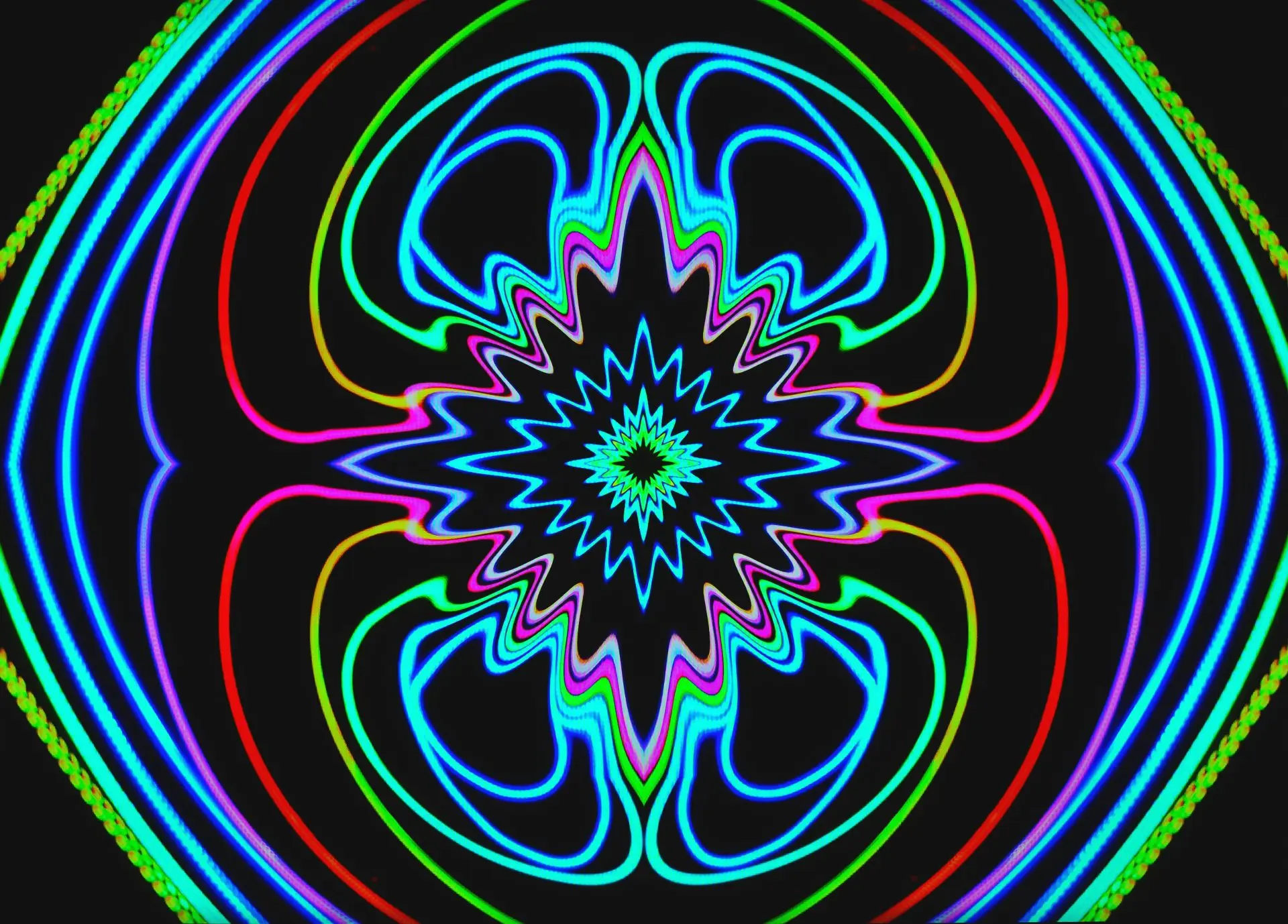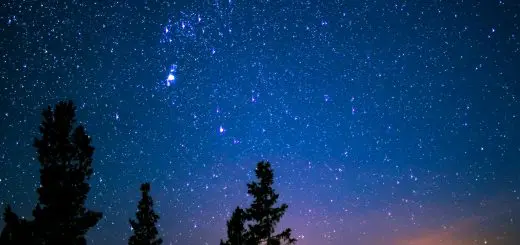The Waka Hourua: Māori Double-hulled Canoes and Exploration

Looking for more amazing products? Check out our online store and explore our collection here! Happy shopping!
Before diving in, please note: This post is for informational purposes only. If you’d like to know more about how we approach topics, feel free to check out our friendly Disclaimer Page.
Hey there, amazing readers! 
We’re committed to delivering quality posts, and your support (even just sticking around despite the ads) means everything to us. So, bear with us, and thanks for helping us keep the good vibes rolling. Now, on to the fun stuff!
TRANSLATE BUTTON AT THE END OF THE ARTICLE
A Quick Overview
The Waka Hourua, also known as Māori double-hulled canoes, played a significant role in the exploration and settlement of New Zealand by the Māori people.
These impressive vessels were expertly crafted and meticulously navigated, allowing the ancient Polynesian explorers to navigate the vast Pacific Ocean and discover new lands.
The Waka Hourua not only served as a mode of transportation but also symbolized the Māori connection to the sea and their ancestral roots.
This article delves into the origins, design, navigation techniques, role, significance, construction, challenges, legacy, modern-day voyages, and preservation efforts of the Waka Hourua, shedding light on this integral part of Māori culture and history.
The Waka Hourua: Māori Double-hulled Canoes
The Waka Hourua were double-hulled canoes made by the Māori people of New Zealand.
These canoes were characterized by their two parallel hulls connected by a deck, which provided stability and increased carrying capacity.
The design of the Waka Hourua allowed for better maneuverability and speed compared to single-hulled canoes, making them ideal for long-distance voyages across the open ocean.
The construction of these canoes required skilled craftsmanship and knowledge of marine engineering, with each Waka Hourua being a unique and intricately designed vessel.
Origins and Design of Waka Hourua
The origins of the Waka Hourua can be traced back to Polynesian seafarers who settled in New Zealand around 1250-1300 AD.
These early settlers brought with them the knowledge of building and navigating double-hulled canoes, which they used to explore the Pacific Ocean and reach the shores of Aotearoa (New Zealand).
The design of the Waka Hourua was based on traditional Polynesian canoe-building techniques, with materials such as native New Zealand timber, flax fibers, and seal skins being used in its construction.
Navigation Techniques of Māori Explorers
Māori navigators relied on a combination of traditional knowledge, celestial navigation, and environmental cues to navigate the vast expanse of the Pacific Ocean.
By observing the stars, sun, moon, and ocean currents, Māori explorers were able to determine their position at sea and chart a course to their destination.
Additionally, the knowledge of bird migration patterns, cloud formations, and marine life helped Māori navigators to identify landmasses and potential sources of food and fresh water along their journey.
Role of Waka Hourua in Māori Exploration
The Waka Hourua played a crucial role in the exploration and settlement of New Zealand by the Māori people.
These seaworthy vessels enabled the ancient Polynesian navigators to travel vast distances, establish trade networks, and colonize new territories.
The Waka Hourua not only facilitated the migration of the Māori people to Aotearoa but also connected different iwi (tribes) and facilitated cultural exchange between Polynesian communities across the Pacific.
Famous Journeys Made in Waka Hourua
One of the most famous journeys made in a Waka Hourua was that of Kupe, a legendary Polynesian navigator who is credited with the discovery of New Zealand.
According to Māori oral tradition, Kupe sailed from his homeland of Hawaiki in a Waka Hourua named Matahorua and braved treacherous seas to reach the shores of Aotearoa.
Kupe’s voyage is considered a significant event in Māori history and is celebrated in oral stories, songs, and artworks.
Significance of Waka Hourua to Māori Culture
The Waka Hourua holds immense cultural and spiritual significance for the Māori people.
These canoes are regarded as taonga (treasures) that embody the ancestral knowledge, skills, and values of the Māori community.
The act of building and sailing a Waka Hourua is seen as a way to honor the legacy of their ancestors and preserve traditional practices for future generations.
The Waka Hourua also symbolizes the Māori connection to the sea and the importance of navigation in Māori identity and culture.
Construction and Materials Used in Waka Hourua
The construction of a Waka Hourua involved a meticulous process that required the expertise of master carvers, weavers, and navigators.
The hulls of the canoe were typically made from native New Zealand timber such as kauri or totara, while the decking and rigging were constructed using woven flax fibers.
Seal skins were used to waterproof the hulls and protect them from the elements.
Each Waka Hourua was uniquely designed and decorated with intricate carvings, symbols, and patterns that reflected the identity and lineage of its crew.
Revival of Waka Hourua Building Techniques
In recent years, there has been a revival of traditional Waka Hourua building techniques and navigation practices among Māori communities in New Zealand.
Several waka hourua have been constructed using traditional methods and materials, with the goal of preserving and promoting this ancient art form.
These modern-day voyages not only serve as a way to reconnect with Māori heritage but also raise awareness about environmental conservation, oceanic stewardship, and cultural sustainability.
Challenges Faced by Māori Navigators
Despite their advanced navigational skills, Māori navigators faced numerous challenges while traversing the Pacific Ocean in Waka Hourua.
Storms, strong currents, and unpredictable weather conditions posed significant risks to the safety and success of their voyages.
Additionally, encounters with hostile indigenous peoples, resource scarcity, and navigational errors could result in prolonged journeys, shipwrecks, or loss of life.
The resilience and adaptability of Māori navigators were tested during these perilous expeditions, highlighting their courage, resourcefulness, and determination to explore the unknown.
Legacy of Waka Hourua in New Zealand
The legacy of the Waka Hourua is deeply ingrained in the cultural, historical, and social fabric of New Zealand.
These iconic vessels symbolize the spirit of exploration, innovation, and resilience of the Māori people, who ventured into the unknown and established thriving communities across Aotearoa.
The Waka Hourua continues to inspire contemporary artists, scholars, and adventurers to learn about, commemorate, and celebrate the achievements of the ancient Polynesian navigators who shaped the identity and landscape of New Zealand.
Modern Day Waka Hourua Voyages
In modern times, there has been a resurgence of interest in Waka Hourua voyages as a way to promote cultural exchange, environmental sustainability, and maritime heritage in New Zealand.
Organizations such as the Te Toki Voyaging Trust and the New Zealand Maritime Museum have organized expeditions and educational programs that aim to revitalize traditional navigation techniques and foster intergenerational learning within Māori communities.
These voyages serve as a platform for sharing indigenous knowledge, building cross-cultural connections, and raising awareness about the importance of preserving the oceanic ecosystem.
Preservation Efforts for Waka Hourua
Efforts to preserve and protect Waka Hourua have been undertaken by various institutions, communities, and government agencies in New Zealand.
Initiatives such as the conservation of historic canoes, the documentation of oral traditions, and the promotion of traditional navigation skills have been instrumental in safeguarding the cultural heritage of the Waka Hourua.
By raising awareness about the importance of these canoes as living taonga, communities are working to ensure that future generations have the opportunity to learn about, experience, and appreciate the legacy of these iconic vessels.
Conclusion
The Waka Hourua, or Māori double-hulled canoes, represent a rich and enduring legacy of exploration, innovation, and cultural resilience in New Zealand.
These iconic vessels have played a pivotal role in the history and identity of the Māori people, serving as symbols of ancestral knowledge, navigational skill, and maritime heritage.
The revival of traditional Waka Hourua building techniques, the celebration of famous journeys, and the preservation efforts for these historic canoes underscore the enduring significance of these vessels in Māori culture and society.
The legacy of the Waka Hourua continues to inspire future generations to honor their heritage, protect the environment, and navigate the waters of change with courage and pride.

The Enlightenment Journey is a remarkable collection of writings authored by a distinguished group of experts in the fields of spirituality, new age, and esoteric knowledge.
This anthology features a diverse assembly of well-experienced authors who bring their profound insights and credible perspectives to the forefront.
Each contributor possesses a wealth of knowledge and wisdom, making them authorities in their respective domains.
Together, they offer readers a transformative journey into the realms of spiritual growth, self-discovery, and esoteric enlightenment.
The Enlightenment Journey is a testament to the collective expertise of these luminaries, providing readers with a rich tapestry of ideas and information to illuminate their spiritual path.
Our Diverse Expertise
While our primary focus is on spirituality and esotericism, we are equally passionate about exploring a wide range of other topics and niches 

To ensure we provide the most accurate and valuable insights, we collaborate with trusted experts in their respective domains 
Our blog originally focused on spirituality and metaphysics, but we’ve since expanded to cover a wide range of niches. Don’t worry—we continue to publish a lot of articles on spirituality! Frequently visit our blog to explore our diverse content and stay tuned for more insightful reads.
Hey there, amazing reader! 
Check out our store here and take a peek at some of our featured products below! Thanks for being awesome!













